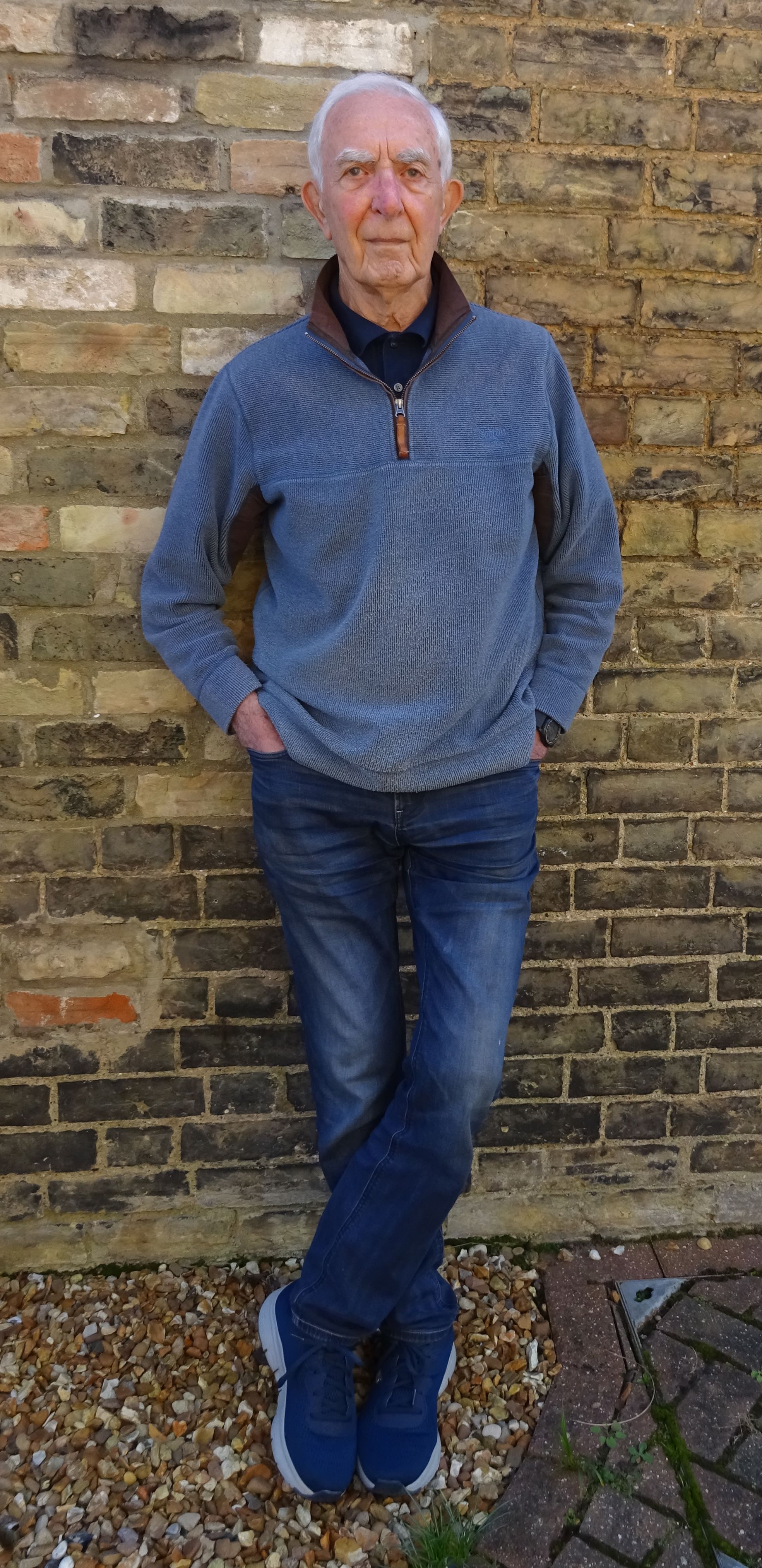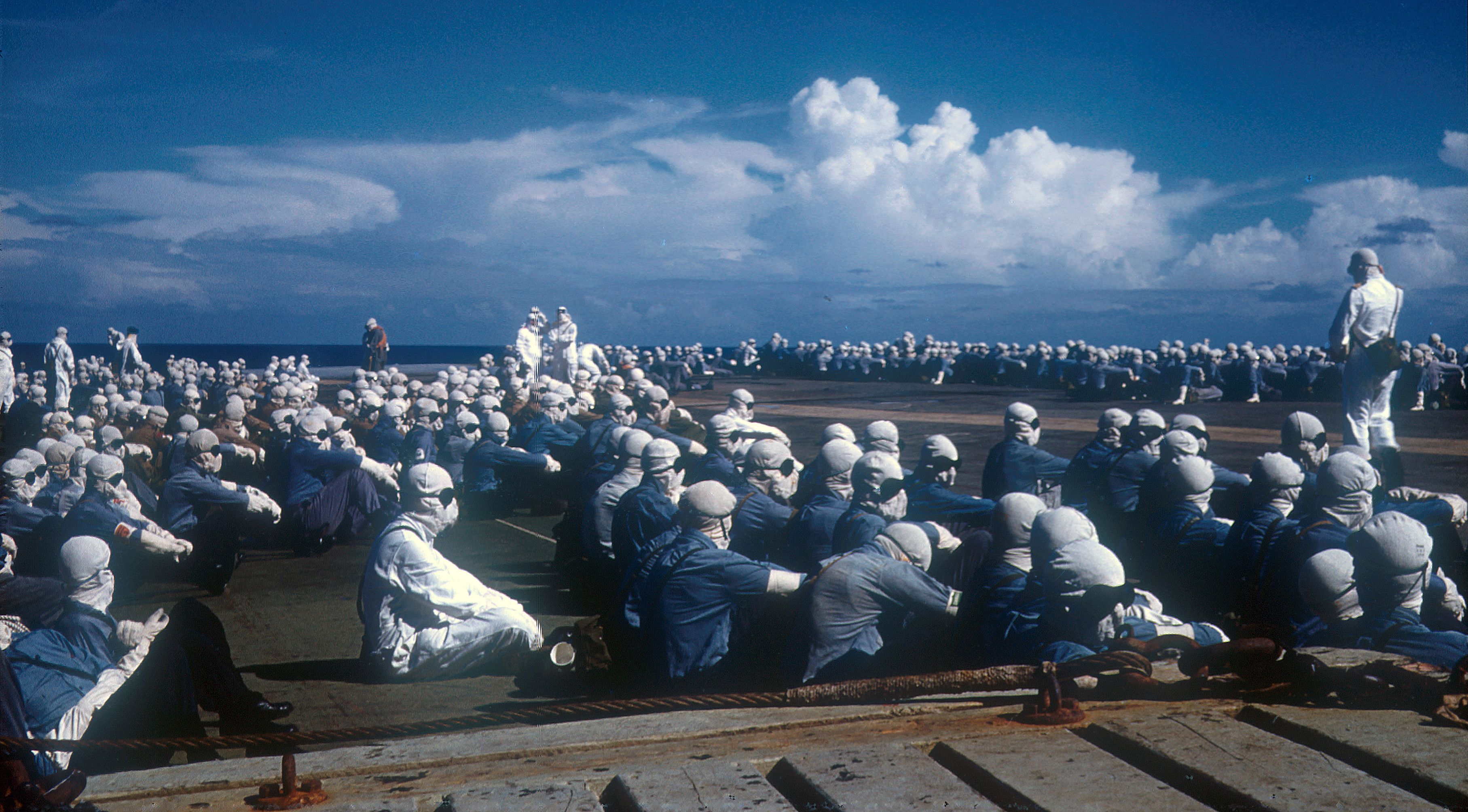
David Farnell was born in Doncaster in 1938. He grew up in Barnsley and attended a grammar school until the age of 18, when he was called up for National Service. Farnell joined the Royal Air Force and was posted to the Maralinga testing ground in Australia for Operation Antler in 1957. Here he worked in operations at Edinburgh Field, the Royal Australian Air Force base. Farnell finished his National Service at RAF St Mawgan and attended Chester College (now the University of Chester) to undertake a teaching degree. He worked as a secondary school teacher until 1995, when he retired. Farnell currently lives in St Ives with his wife. They have two children, two grandchildren, and two great-grandchildren.
Interview extracts
Description
David Farnell joined the RAF as part of his National Service. In this clip he describes arriving at Edinburgh Field, the Royal Australian Air Force base, where he worked in operations. He goes on to tell a remarkable story about being invited to witness the Taranaki detonation (6 October 1957) from the air. This was the third and final round of Operation Antler in Maralinga, South Australia.
This is a short extract from an in-depth interview. David Farnell was recorded for the Oral History of British Nuclear Test Veterans project in 2024. The interviewer was Joshua A Bushen. This project was run in partnership with National Life Stories and the full interview can be accessed at the British Library.
Transcript
Ohh, you know to actually see those three V bombers, which they were, they were designed for dropping atom bombs on somebody. And I, anyway, they came over and you could sit there, they were there to be seen. But we were all told to sign the Official Secrets Act. So there were things you felt you couldn’t really talk about a great deal.
Yeah.
And then the day came when I heard about this bomb that was going to be suspended from balloons. And there was a flight, a flying officer, no, a flight, what’s the, pilot officer. That’s the lowest rank of officer. In the dark blue dress uniform of the Royal Australian Air Force. Anyway, he’d started bragging about this flight that was going up. To watch, to look out for these balloons breaking free. And it was a RAAF Lincoln bomber, which looks like a Lancaster but is slightly newer, I think. It’s got those two big fins at the end and a rear gunner’s turret, a middle turret and the forward gunner. And it was armed to shoot down the balloons should they float away. And I said, ‘Ohh, I wouldn’t mind going up in that,’ and he fixed it, just like that.
Yeah.
He said, ‘I fixed it, turn up at such and such a time and such and such a place’. So I did. And they put me in the little white wellies. White overalls. Quartz fibre dosimeter. The other one, I’ve forgotten what it’s called, a badge.
Oh a film badge, is it?
Yeah, a film badge. Patch for one eye, lest I see the detonation and be blinded in the other one. And I got on this aeroplane, and the captain welcomed me on board and sat me down and told me where to go. And that was it. We took off, flew to Maralinga.


